Seoul Vibe and 1988
The Chaotic Sense of a Fragmented Generation
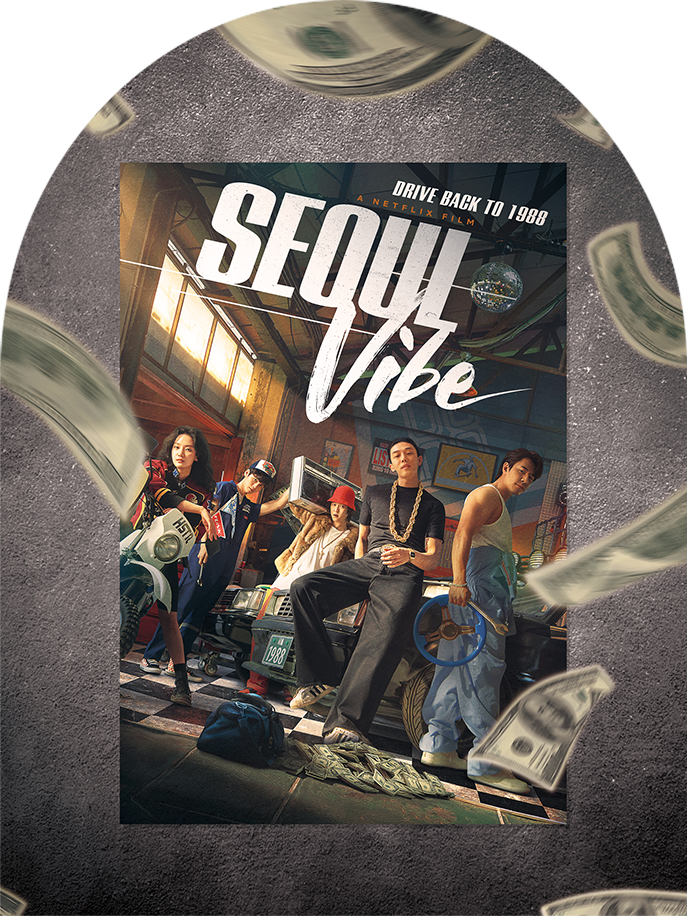
WRITTEN BY
Ahn Soong-beum,
film critic, professor at Kyung Hee University and director of the K-Cuture·Story Contents Research Institute
Photos courtesy of
Netflix
“Seoul Vibe” is a Netflix original movie that was released on Aug. 26, 2022. The movie is a crime and action piece that follows a team of people trying to track the slush funds of a former president that takes place right before the 1988 Seoul Olympics. The person holding the megaphone for the movie is director Moon Hyeon-seong, and it stars well-known actors Yoo Ah-in, Ko Kyung-pyo and Lee Kyoo Hyung.
Those who experienced the political uprising in 1987 remember 1988 as a pre-modern time of irrational violence that raged from the turbulence of the political system despite the country’s rapid economic development.
Even though it wasn’t the original intent, the scenes in “Seoul Vibe” end up serving as props that bring attention to the aforementioned feelings of the time. “Seoul Vibe”’s use of 1988 is not to demean old things. The movie is an adaptation of the kitsch style of the era, shown through the swag of the main characters who are full of ambition.
The movie also presents the heterogeneous inner world of a new generation that is experiencing a political transition. 1988 is not reproduced through serious value judgment in the movie, but as a sense of a generation that is filled with both anxiety and hope.
Now, I would like to explain the way “Seoul Vibe” recreated the moments where anxiety and hope intersected the great efforts of those living among the 1988 landscape.
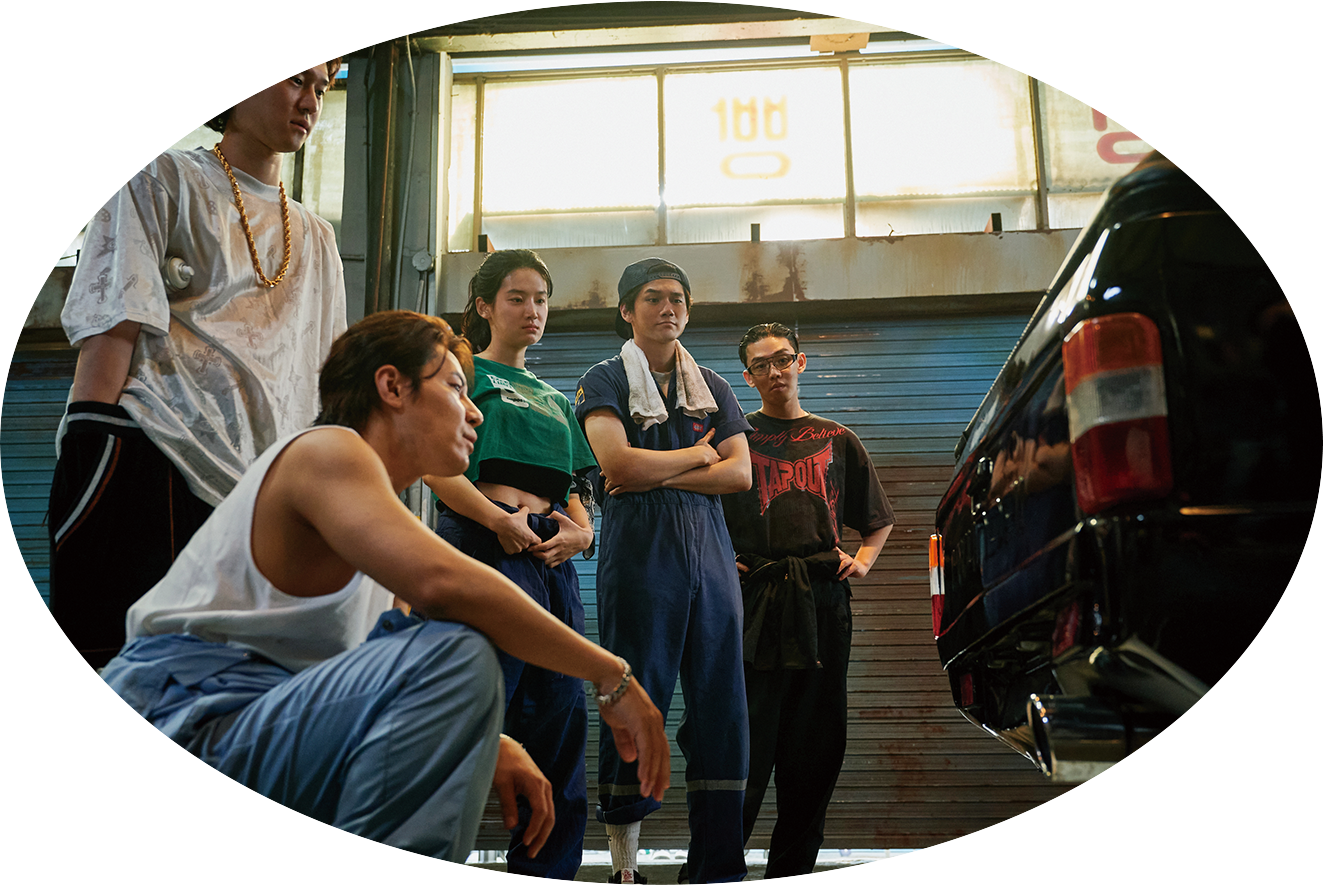
Scenes from ‘Seoul Vibe’
The Reality of 1988
“Seoul Vibe” expresses the feeling of a symbolic distance between Gangnam and Sanggye-dong despite the fact that they are both under the same Seoul sky. The population of Seoul exploded in the 1980s. Some 8.35 million people lived in Seoul in 1980; by 1990, the number was over 10 million. A quarter of Korea’s entire population was living in Seoul by 1988, the year in which “Seoul Vibe” is set. The hierarchy between Seoul and other regions deepened, and the gap between the rich and poor sharply broadened within the city.
The shocking changes in Seoul experienced by the Sanggye-dong crew after they return from Saudi Arabia are shown through the matchbox-like apartments that have risen in height to embrace the desire to achieve wealth. During the middle of the movie, they leave their poor hillside neighborhood of Sanggye-dong, demolished to make room for the showy international event (the Seoul Olympics), and move closer to their dream of living in an apartment in Gangnam.
Surrounded by the speed of rapid stratification, the top of the high-rise apartment the crew looks upon has two meanings. First, it represents the national hope that Korea was on the verge of becoming a developed country, brought on by the country’s 12 percent economic growth rate. In particular, many of the people living in Gangnam began to indulge in more materialistic pleasures that sprang from their growing wealth. Second, it stands for the dream of the common people (the so-called “middle class”) who grew their assets in a compromise with the national vision.
Those who had just entered the middle class were more tempted by the seduction of pariah capitalism as they came from a background in which the urban poor were disregarded and had very few human rights. The Sanggye-dong crew corresponds to a new generation experiencing the confusion that comes from a generational gap.
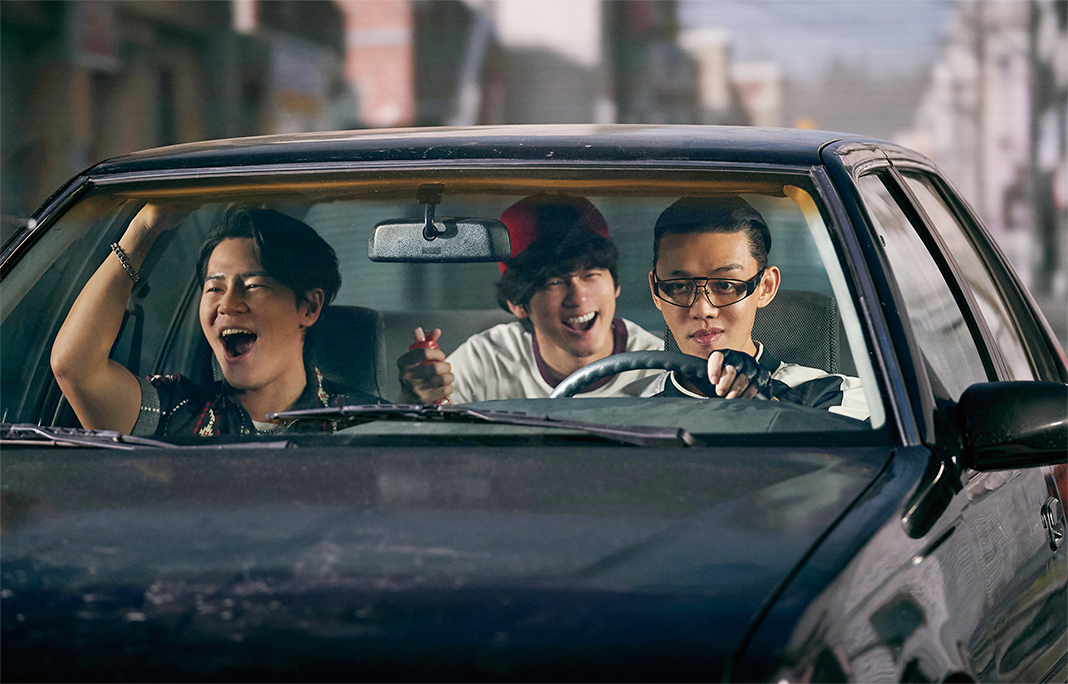
Scenes from ‘Seoul Vibe’
Wider Screen
The second moment is the way “Seoul Vibe” captures the attitude of those who wanted to erase the legacy of Chun Doo-hwan and the outdated views of the 1987 regime.
As is well known in Korea, the Chun Doo-hwan regime, which came to power through a military coup, implemented a strong censorship policy when it came to the media, integrating and abolishing media companies to suit the tastes of the regime. On the other hand, the regime made every effort, including the use of the Three S’s policy (an appeasement related to screen, sex, and sports), to divert the public’s attention from politics to forms of entertainment.
“Seoul Vibe” shows how the industrial environment surrounding the screen entered a new era. The pre-deliberation system for movies, albums and performances was abolished from 1987 to early 1988. Around that time, the film industry changed from a licensing system to a registration system, and manufacturing and importing businesses were separated. The country was beginning to experience the direct distribution of foreign films in September (when the 1988 Olympics were held). Daehan Cinema, seen at the start of the movie’s impressive car-chase scene, implicitly showed the country had opened itself to the foreign market. Zalman King’s Two Moon Junction has a similar vibe to the erotic movie boom driven by the Three S’s policy. However, the film cans with RoboCop, Top Gun, Dirty Dancing and La Bamba represented the new wave that was hitting theaters at the same time.
Automobiles as an Economic Measure
The third moment comes in the form of the people of the middle class focusing their efforts on owning their own homes and cars. The slogan “Seoul to the World” was realized to some extent with a boom during 1988 thanks to the three-lows (low dollar, low oil price, and low interest rate). Many people were able to escape from muksanism (a compound word of “eat and live” that refers to only taking an interest in earning a living) despite the fact that the deformed industrial structure was centered on chaebol (Korean conglomerates run by a family) and an increased risk of an export-oriented economy dependent on foreign countries. Overconsumption emerged as a social problem, and the middle class was looking for a new habitus. Owning a car was one of them.
“Seoul Vibe” frequently pays homage to the popular series Knight Rider that aired in Korea. Naturally, KITT, the self-driving A.I. car from Knight Rider, was a dream that could not be realized. Mercedes-Benz and BMW were also dream cars that were nearly impossible for those in the middle class to obtain as they were reserved for the wealthy. However, cars like the Pony, Stella and Grandeur were appropriate symbols for showing off an elevated social status. The number of registered vehicles went from 550,000 in 1985 to 3.38 million by 1990.

Scenes from ‘Seoul Vibe’
Arising Gen X
A new generation armed with consumerism had emerged in place of the huge discourse composed of words such as “democracy,” “freedom,” “peace,” and “unification” that was slowly dying out. The movie announced the unique presence of Korea’s Gen X who had emerged as the subject of consumption culture.
The protagonists in “Seoul Vibe” got to experience the taste of the country’s first McDonald’s (located in Apgujeong-dong) in 1988. They negotiated the limited edition Air Jordan 3, and their hearts felt as though they were already in Los Angeles. The main characters enjoyed the school culture of the older generation by choosing items from the things that dominated the past that fit their new tastes.
The scenes, set to funky music, showed the atmosphere of a new generation that was fragmented based on individual tastes and desires. The winds of globalization began to blow in earnest with the advent of the Kim Young-sam regime, but the conflict formed due to the gap between generations had already deepened. The scenes of “Seoul Vibe” exaggerate the use of primary colors to emphasize the retro feeling. The rustic yet direct nuance of this excess reminds those watching of the double division and sentiment that new generations often feel towards their parents’ generation.
Other Articles
-
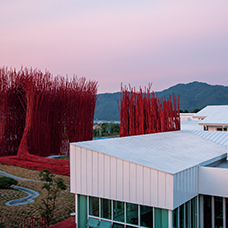
Special Ⅰ The Beauty of Coexistence
-
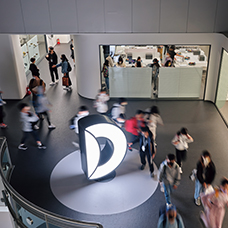
Special Ⅱ From the Past to the Future
-

Trend Available Exclusively in Korea
-
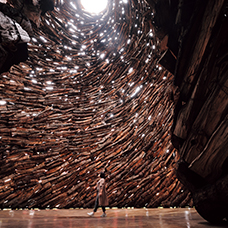
Hidden View Mysterious Egg?
-

Interview Violinist Bomsori Kim
-

Art of Detail A Stitch in Time
-

Film & TV Seoul Vibe
-
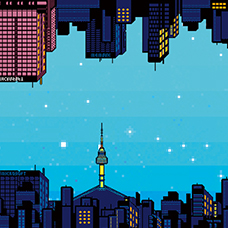
Collaboration Pixelated World
-
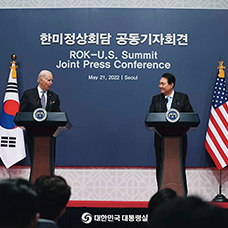
Current Korea Korea-US Relations of 140 Years and Beyond
-

Global Korea SINNOI’s Performance
